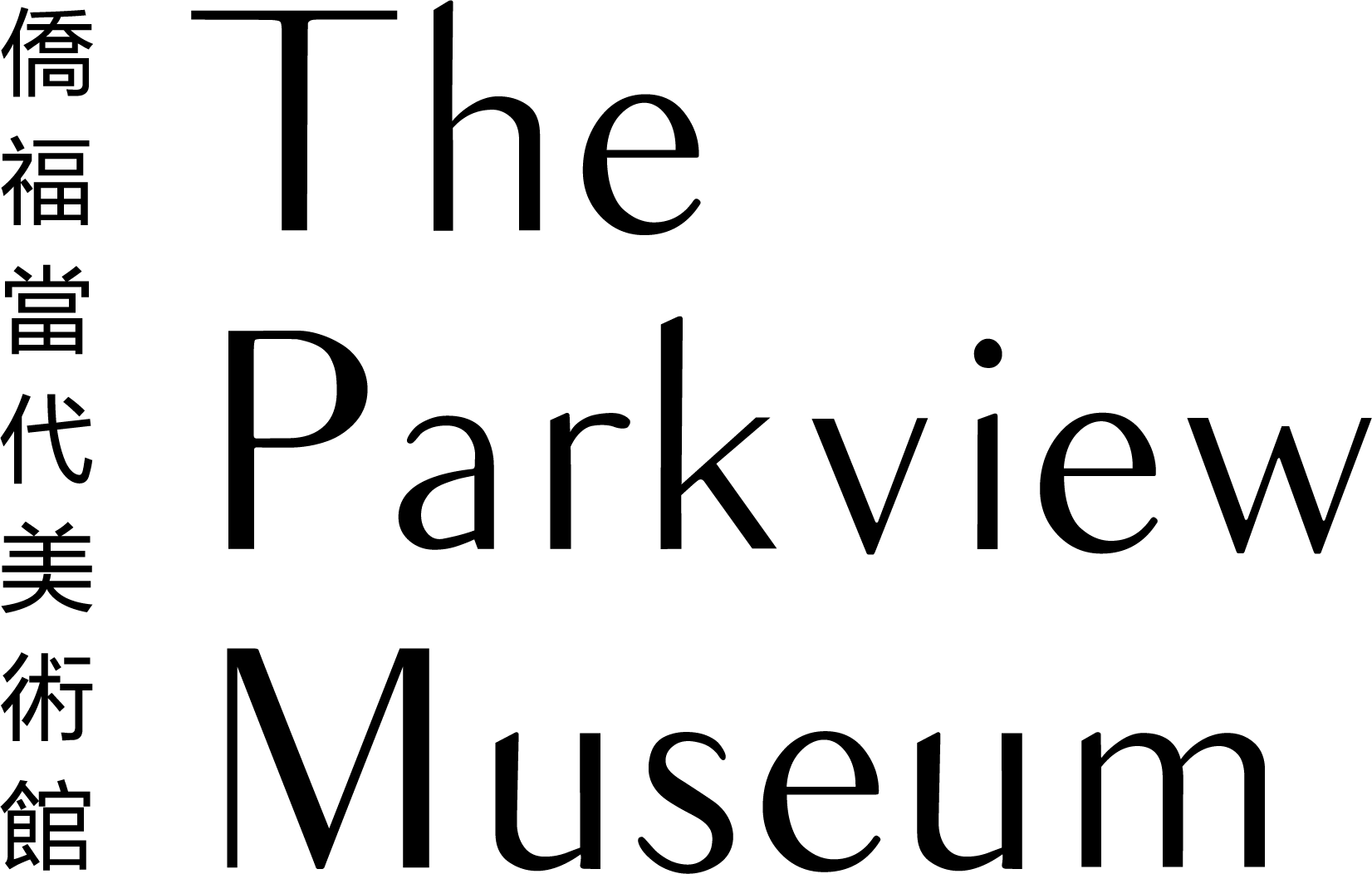UCCA Beijing Open Today, 10:00-19:00 (Final entry: 18:30)
UCCA Dune Open Today, 9:30-18:00 (Final entry: 17:30)
UCCA Edge Closed Today,
UCCA Clay Open Today, 10:00-19:00 (Final entry: 18:30)
UCCA OffsiteUCCA × The Parkview Museum·Beijing
2023.9.3
UCCA × The Parkview Museum·Beijing
“Matisse by Matisse” Film Series: Exhibition on Screen: The Impressionists
2023.9.3
14:00-15:30
During his stay on Belle-Île-en-Mer from 1895 to 1897, Henry Matisse was deeply influenced by the wild landscape, and his fascination with colors grew day by day. This period would mark a significant development of his artistic creation. Captivated by Impressionists’ unrestrained approach towards painting, Matisse began to believe in the expressive power of colors and that the harmony of a painting could be achieved without directly showing the subject’s natural colors. Following the examples of Claude Monet, Camille Pissarro, and other Impressionist artists, he started freely using color to express his emotions in his works.
As Matisse continued his experimentation with colors, he gradually abandoned the need for realistic representation. Colors would emerge as independent elements in his later artworks. His use of blocks of bright color, free from the constraints of nature, led him him away from Impressionism, and into work that featured vivid, constrating colors and abstracted forms. Following the footsteps of Vincent van Gogh and Paul Gauguin, Matisse stepped into the realm of Post-Impressionism.
Although the Post-Impressionist movement originated in opposition to Impressionism’s naturalistic depiction of light and color, the creative freedom enjoyed by artists like Matisse, along with broad public acceptance they later received, owes much to Impressionists’ bold defiance of the rigid artistic norms imposed on French art in the late nineteenth and early twentieth centuries. The artistic movement, which began in 1860s, ridiculed and criticized the French art establishment. Thanks to the efforts of Impressionist masters like Claude Monet and Paul Cézanne, as well as the support from curators and forward-looking art critics, the public had the opportunity to glimpse a world depicted in romantic and ethereal colors.
On Sunday, September 3, UCCA and The Parkview Museum·beijing will jointly screen Exhibition on Screen: The Impressionists as part of the “Matisse by Matisse” film screening series. With this film we go back to the end of the nineteenth century, looking at an Impressionist exhibition that shocked North America. Through the life of Parisian art collector Paul Durand-Ruel, viewers will experience the up and downs that Impressionism, an archetype for many subsequent art movements, went through as it broke away from French academic art and the Salon System, ushering in a new era of artistic creation.
Schedule
2023.9.3 (Sun)14:00-15:30Exhibition on Screen: The Impressionists
Film introduction
The Impressionists
Director: Phil Grabsky
Genre: Documentary
Production companies: Phil Grabsky Films, Seventh Art Productions
Duration: 91 minutes
Year: 2015
Copyright: Seventh Art Productions
Synopsis: Monet, Cezanne, Degas, Renoir: some of the world’s most popular artists. Their works, and that of their contemporaries, fetch tens of millions of dollars around the globe. But who were they really? Why & how exactly did they paint? What lies behind their enduring appeal? To help answer these questions, the film has secured unique access to a major new exhibition focussing on the 19th century Parisian art collector Paul Durand-Ruel, the outspoken champion of Impressionism. This eagerly anticipated exhibition is perhaps the most comprehensive ever held about the Impressionists. Durand-Ruel’s brave decision to exhibit the Impressionists in New York in 1886 introduced enlightened, wealthy Americans to modern French painting. In doing so, he not only filled great American galleries with Impressionist masterworks but also kept impressionism alive at a time when it faced complete failure. This energetic and revealing film will tell his remarkable story along with that of the Impressionists themselves.
The profiles
Phil Grabsky (Producer, Director, Writer)
Phil Grabsky is a BAFTA-winning British documentary filmmaker who has received multiple awards for his directing, writing, producing, and cinematography. He and his company Seventh Art Productions are behind cinema films such as Muhammad Ali: Through the Eyes of the World, In Search of Beethoven, In Search of Mozart, and the landmark My Childhood, My Country: 20 Years in Afghanistan, which won Best Single Documentary at the 2022 Television BAFTAs and was also nominated for its cinematography. He has made over 250 films which have played in cinemas and on TV and digital platforms worldwide. As a writer, he has written four history books, including The Great Artists—co-authored with Tim Marlow—and the best-seller The Great Commanders. Grabsky is regularly involved as a judge for the Emmys, BAFTAs, Grierson, and One World awards, and has won numerous personal awards himself including Royal Television Society awards for both Best Director and Services to Television, and a Voice of the Listener and Viewer Award for Services to Education. In 2009, Grabsky and his colleagues began work on a new arts genre for the cinema: Exhibition on Screen, which began with Leonardo Live. The aim of the project is to increase access to these exhibitions and their curatorial context. Exhibition on Screen now plays in 1500 cinemas and 60+ countries worldwide. Its website lists 34 films on artists including Leonardo da Vinci, Vincent van Gogh, Rembrandt, David Hockney, and Paul Cézanne.
Paul Durand-Ruel
Paul Durand-Ruel was a French art dealer associated with the Impressionists and the Barbizon School. Being the first to support artists such as Claude Monet, Camille Pissarro, and Pierre-Auguste Renoir, he is known for his innovations in modernizing art markets, and is generally considered to be the most important art dealer of the nineteenth century. Durand-Ruel cultivated international interest in French artists by establishing art galleries and exhibitions in London, New York, Berlin, Brussels, among other places, which played an important role in decentralizing the Salon System that had monopolized the art market in France.
Collaborator

Media Cooperation:


